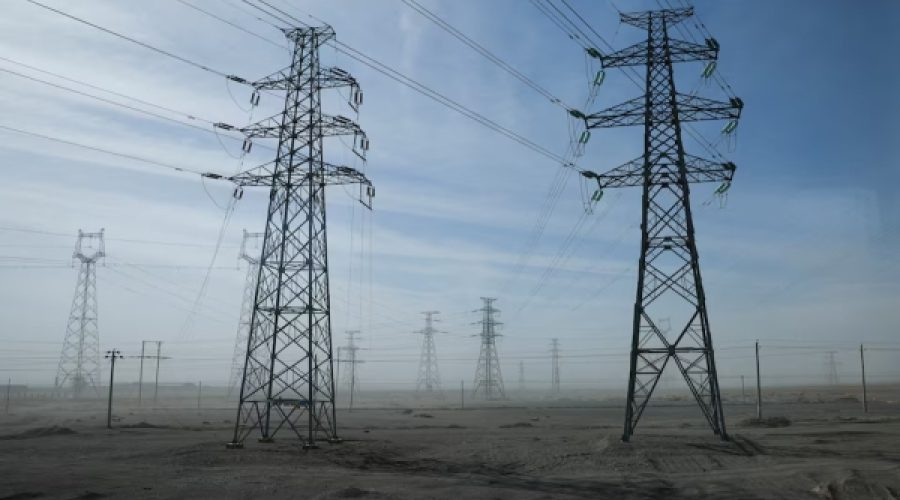China’s Record-Breaking Heat: Implications for Energy Costs and Business Operations for Investors
Record Heat in China Spurs Unprecedented Power Demand
BEIJING: A prolonged spell of extreme heat across vast regions of China has driven power demand to an all-time high, exceeding 1.5 billion kilowatts, according to energy officials.
The intense heatwave is affecting densely populated areas, stretching from the southwestern cities of Chongqing and Chengdu to the southern port city of Guangzhou. Meteorologists attribute these soaring temperatures to climate change, posing a significant challenge for authorities.
A subtropical high-pressure system spanning the northwest and southwest has caused temperatures at eight weather stations to reach unprecedented levels in recent days, as reported by state media on Thursday, citing national weather authorities.
"The power system is holding up so far," stated Chim Lee, a senior energy and climate change specialist at the Economist Intelligence Unit. "However, the real test will come as summer progresses, and there remains a risk of potential power rationing."
Solar energy contributed to half of the increase in power generation in June, while hydropower output nationwide saw a rise compared to 2023, though it remains lower than the same period in 2022, Lee noted. His remarks followed a statement from China’s National Energy Administration, which announced a "record high" electrical load for the third time this month, marking an increase of 55 million kilowatts over last year’s peak. Additionally, provincial power records have been broken 36 times since the onset of summer in the world’s second-largest economy.
Beyond scorching agricultural lands and diminishing farm incomes, higher temperatures threaten manufacturing centers and disrupt operations at crucial ports, further straining an already burdened healthcare system.
In the southern province of Jiangxi, residents have been experiencing an average of 21.7 days of temperatures exceeding 28 degrees Celsius (82.4 degrees Fahrenheit) each year over the last decade, a significant rise from five to seven days at the turn of the century.
The heat has persisted for so long that the state broadcaster, CCTV, highlighted a local custom where individuals sleep with wax gourds, vegetables believed to absorb body heat. In Chongqing, zoo animals were even given iced watermelons to cope with the heat, as reported by the official news agency Xinhua.
Some relief may be on the horizon, as weather forecasters anticipate a decrease in temperatures starting Monday. A tropical depression forming east of the Philippines could develop into a tropical storm named Wipha and may track towards southern China via Taiwan. However, the subtropical high-pressure system could hinder this low-pressure system’s movement, potentially maintaining high demand on the power grid as air conditioning units continue to run at full capacity. — Reuters
Special Analysis by Omanet | Navigate Oman’s Market
The ongoing extreme weather in China highlights a critical energy demand challenge, which could influence regional supply chains and trade dynamics. For businesses in Oman, this presents both opportunities in renewable energy investments and risks linked to potential disruptions in import-dependent sectors. Smart investors and entrepreneurs should consider exploring sustainable energy solutions and resilient supply chain strategies to better navigate possible fluctuations in market conditions.



